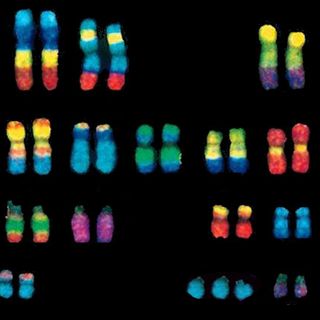A new study of women who were new mothers in the late 1970s has found that those who were given longer periods of paid maternity leave were healthier as they entered middle age now. The study, led by University of Georgia, U.S., economist Meghan Skira concluded that the health benefits of lengthy and paid parental leave continue for years after children are born.
While previous studies have found positive short-term benefits for women and children of extended postnatal leave, the approach by researchers here was different. They looked at the health of Norwegian mothers before and after paid maternity leave became law in Norway in 1977. The study draws clear causation between women staying home after giving birth and women staying healthy as they enter middle age. Additionally, it found that the biggest gains across the board were seen among first-time and low-resource mothers who may not have been able to afford to take unpaid leave before the 1977 change.
Related on The Swaddle:
India’s Maternity Leave Law Currently Benefits Fewer Than 1% of All Women
Skira, along with economist Aline Bütikofer, of the Norwegian School of Economics, and Julie Riise, of the University of Bergen, worked on the study. Their paper, “The Impact of Paid Maternity Leave on Maternal Health,”, is published in American Economic Journal: Economic Policy.
The Norwegian Institute of Public Health collects health data on its citizens around age 40 as a way to benchmark the nation’s well-being. Because of this collection, Skira and her co-authors had access to a huge set of birth, health, and income data for the women who gave birth immediately before and after the maternity leave law changed in 1977. The researchers examined health patterns using body mass index, blood pressure, cholesterol levels, and rates of diabetes, along with self-reported rates of pain, mental health, tobacco use, and exercise habits, to paint a comprehensive picture of women’s health at 40.
Women who gave birth after the paid maternity leave reform displayed better long-term health, including healthier weight and blood pressure, less pain, and better mental health. They also displayed more health-promoting behaviors, such as exercise and not smoking. Women who had access to paid leave had 2.5% to 3.7% lower BMI than those who did not have access; they were 10% less likely to have high blood pressure; they were 16% to 18% less likely to smoke and 14% to 20% more likely to exercise regularly.
“We did not find significant changes in income or employment among the women who had access to the reform, so the health improvements are unlikely due to income effects. We speculate that stress reduction, more time to recover from childbirth, and perhaps breastfeeding played a role,” said Skira in a statement. “More research on exactly why maternal health improved would be valuable.” Norway also expanded its paid leave policies again in 1987 and 1992, but those expansions marginally improved women’s health at age 40, Skira added.
As the mothers of 1977 continue to age, Skira hopes to examine their use of long-term sick leave and disability insurance to see if the benefits they gained in their middle age relate to a better quality of life as they enter retirement.




